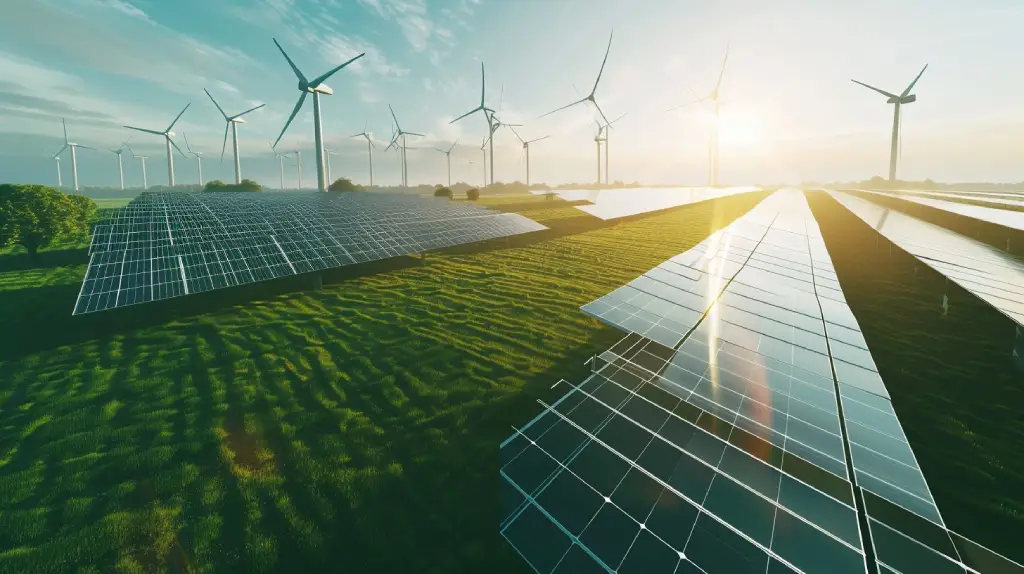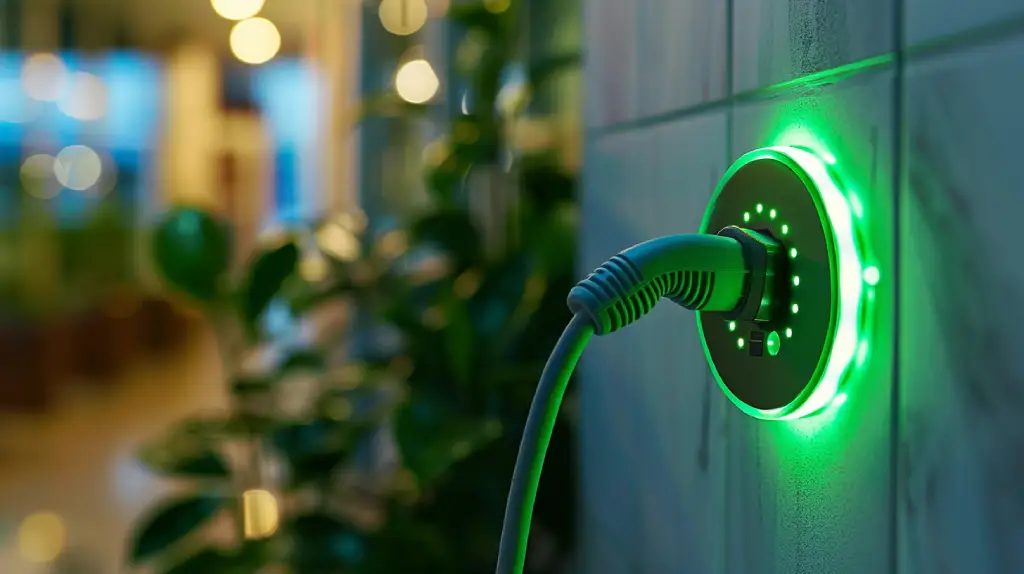Clean energy charging refers to the use of renewable energy sources, such as solar or wind power, to charge electronic devices and vehicles. This approach reduces reliance on fossil fuels and helps to lower carbon emissions.
Clean energy charging is a sustainable option to standard power sources, promoting a greener and more environmentally friendly environment.
Clean energy charging helps to energy independence and reduces weakness to changes in fossil fuel prices.
Clean Energy Charging

What is Clean Energy Charging?
Clean energy charging involves using power generated from renewable resources to charge electric devices, vehicles, or batteries. It supports environmental sustainability by reducing the dependence on non-renewable energy sources.
It is directly linked to renewable resources, as it relies on sources such as solar, wind, and hydropower to generate electricity for charging devices.
How Clean Energy Charging Works
Clean energy charging works by uing renewable energy, converting it into electricity, and then storing or directly using it to charge devices or vehicles. Solar panels and wind turbines are common technologies used in this process.
Sustainable use practices, such as energy conservation and efficient charging methods, can increase the benefits of clean energy charging and reduce waste.
Technologies Involved:
The main technologies include solar panels, wind turbines, and energy storage systems such as batteries. These systems capture, convert, and store renewable energy for later use.
Why Clean Energy Charging is Important

Environmental and Economic Benefits
Clean energy charging reduces greenhouse gas emissions, helping to combat climate change. Economically, it lowers energy costs over time by relying on free natural resources such as sunlight and wind.
Clean energy charging contributes to a healthier planet by reducing air pollution and greenhouse gas emissions.
Clean energy charging can be implemented in various settings, from homes and businesses to public charging stations, making it accessible to a wide range of users.
Benefits of Clean Energy Charging
Environmental Impact:
Clean energy charging cuts down on pollution by reducing the need for fossil fuels. It supports a cleaner environment and helps to preserve natural resources.
Economic Advantages:
Over time, clean energy charging can reduce electricity bills and decrease the costs associated with fuel consumption, making it a financially smart choice.
Farming Advantages:
E-farming, which uses clean energy for sustainable agricultural activities, can add to a more sustainable food system and reduce the overall demand for fossil fuels.
Technologies Behind Clean Energy Charging
Main Technologies Used
The main technologies in clean energy charging include solar panels, wind turbines, and energy storage systems. These capture renewable energy, convert it to electricity, and store it for future use.
Sustainable technology, such as advanced battery storage systems and efficient charging infrastructure is crucial in supporting clean energy charging and reducing its environmental impact.
Real-World Applications
Examples of Clean Energy Charging in Action:
Real-world examples include electric vehicles (EVs) charged with solar power and homes powered by wind energy. These applications show the practical benefits of clean energy charging in everyday life.
Current Trends in Clean Energy Charging
Latest Advancements:
Recent improvements include the development of more efficient solar panels and better energy storage solutions. These improvements make clean energy charging more accessible and reliable.
Future Prospects:
As technology progresses, clean energy charging is expected to become more widespread, with potential to power more devices and larger systems.
Predictions and Emerging Trends:
Trends point toward an increase in the use of clean energy for charging in both residential and commercial settings, as well as the growth of smart grids that optimize energy use.
Challenges and Considerations
Potential Obstacles:
Challenges include the initial costs of setting up clean energy systems and the variability of renewable energy sources such as solar and wind. These factors can make it difficult to rely entirely on clean energy charging.
How to Overcome Them:
Overcoming these challenges involves investing in better storage solutions and diversifying energy sources to ensure a consistent supply of power.
The Bottom Line
Clean energy charging offers a sustainable and cost-effective way to power devices and vehicles by using renewable resources. It has clear environmental and economic benefits.
Human sustainable resource use, including responsible consumption and reduced reliance on fossil fuels, is essential for the long-term viability of clean energy charging.
Embracing clean energy charging is important for reducing our carbon footprint and moving toward a more sustainable future. It is an important step in facing global environmental challenges.
Clean energy charging is a sustainable practice because it reduces greenhouse gas emissions, promotes energy independence, and supports a healthier environment.




